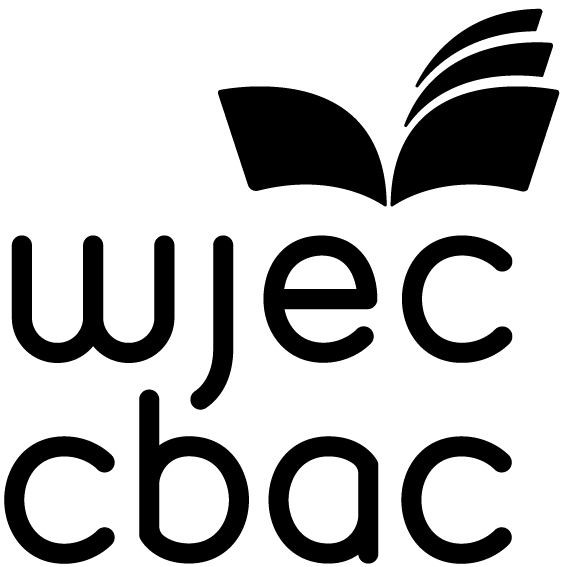 Magazines / Men's Health Representation
Magazines / Men's Health Representation




Look at this front cover and analyse how men are represented and how this representation has been constructed.
The black, yellow and grey colour palette used for the cover helps to support the masculine feel to the magazine. Bold colours for strong men. Yellow is also thought of as an energising colour, so on a health and fitness magazine it will potentially invigorate the readers.
Many of the cover lines focus on body image reminding readers that they could and should look better and also that they will be judged on their appearance.
The pose used by Statham is dominant and confident. A side view allows the readers to see his muscles better and gives the impression he subverts the rules a little – typically cover stars are front on and staring right at the reader.

Naked from the waist up to show off his physique and wearing only tracksuit bottoms – to connote sport and leisure – means he is confident with his body and it looks effortless to him. His clothing is practical rather than business-like so, the producers are reminding readers that their body is more important than any outfit they could ever buy.
Statham supports the typical representation of masculinity in this image, appealing to the target audience, showing this is what it means to be a man. He is rugged looking, muscular with arguably more facial hair than on his head. His physical fitness means he appeals to much of the target audience and offers an aspirational image for readers.
This simple ‘How to…’ guide suggests that the only way to be a ‘proper’ man is to be physically fit and wealthy.